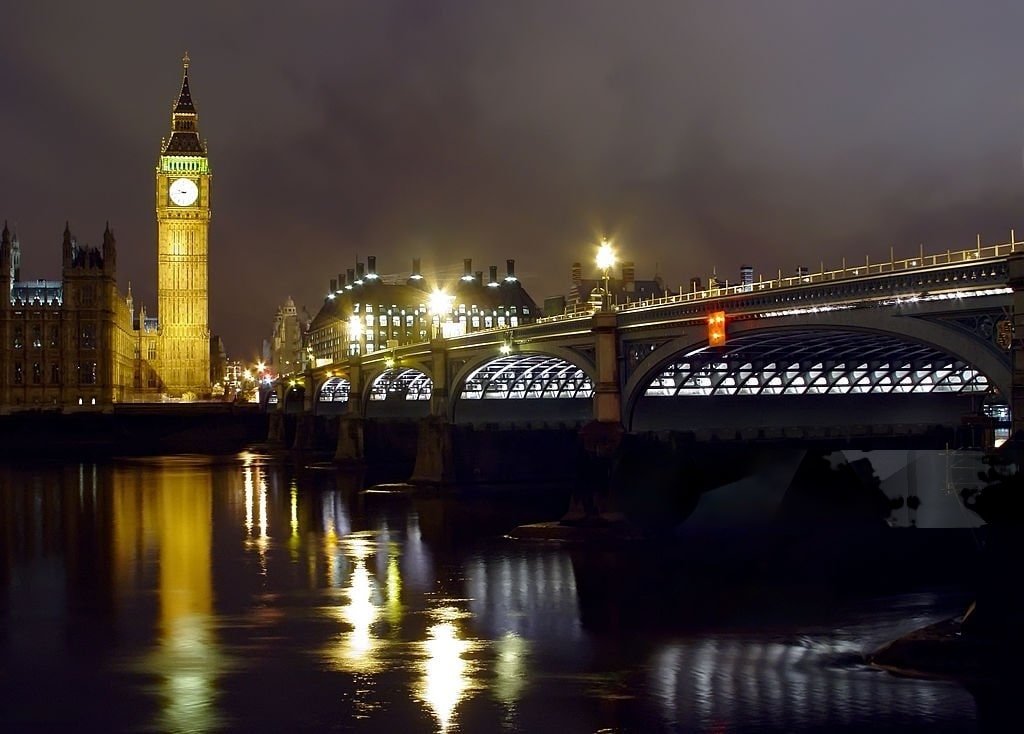This is your official introduction to the exciting world of the Coney Island Parachute Jump. This magnificent building proudly represents the spirit of exploration and discovery. In this extensive piece, we will delve into the fascinating past of this well-known site. We will explore its history from its early connection to the Eiffel Tower to its eventual demise in 1964. Brace yourself: the history of Coney Island and all its fascinating nuances are about to be explored in depth.
Coney Island: A Playground of Wonder
Coney Island in Brooklyn, New York, is a well-known destination for fun and recreation. Its exciting culture and fascinating sights made it an instant hit with visitors from near and far. The Coney Island Parachute Jump was a highlight that attracted visitors from all around.
Norman Kaufman’s Ingenious Creation
Norman Kaufman, an inventive engineer, and inventor, is responsible for the establishment of the Coney Island Parachute Jump. The Eiffel Tower served as inspiration for Kaufman as he set out to design an attraction that would rival the adrenaline rush of parachute jumping. The end product was a majestic steel structure that towered 250 feet into the air and dazzled onlookers with its dazzling display of lights.
A Leap of Faith: The Parachute Jump Experience
Thrill seekers who made the ascent to the top of the Coney Island had an experience similar to jumping out of a plane while wearing a parachute. A parachute-like device, however, guaranteed a safe and controlled descent back to Earth rather than a free fall. Witnessing the sunset over the Atlantic Ocean and Coney Island was a once-in-a-lifetime opportunity.
The Parachute Jump and Steeplechase Park
The famous Coney Island Parachute Jump used to be a part of Steeplechase Park, a bigger amusement park with a wide variety of rides and shows. As soon as George C. Tilyou heard about the parachute leap, he knew he had to include it in the design of Steeplechase Park. Adventure seekers flocked to the park in droves once the jump was installed, making it one of its most popular features.
The Jump’s Closure and Landmark Designation
Steeplechase Park struggled financially throughout the years, and it was forced to close in 1964. The Coney Island Parachute Jump continued to be a popular attraction even after the park had closed. The New York City Landmarks Preservation Commission listed it as a landmark in 1989, recognizing its historical and cultural value and conserving it for future generations.
Operate Until 1968: The Jump’s Final Years
After Steeplechase Park closed, the Coney Island continued to operate on its own, giving tourists a chance to see the colorful scenery of Coney Island from a whole new perspective. However, the Jump stopped operating in 1968 because of safety concerns and high maintenance expenses. Nonetheless, the affection of the residents and the recollection of many tourists ensured its continued existence.
Rediscovering the Parachute Jump: A Beacon of Hope
The Coney Island Parachute Jump was an iconic representation of the perseverance and determination of the people of Coney Island long after it had closed. There is renewed optimism for the future of this historic site as revitalization and restoration efforts gather steam.
The Parachute Jump Today: A Spectacle of Light
Even in modern times, the Coney Island Parachute Jump stands out against the backdrop of Brooklyn. The addition of thousands of dazzling LED lights that dazzle the night sky and pay tribute to the structure’s rich history has converted the leap into a piece of art.
Exploring the Connection with the Eiffel Tower
It’s hard not to compare the Coney Island Parachute Jump to the world-famous Eiffel Tower. Both buildings were the work of forward-thinking engineers and inspired people all around the world. The Coney Island Parachute Jump is even more appealing since it looks like a small Eiffel Tower.
Final Words
The Coney Island Parachute Jump is a symbol of the limitless potential of the human spirit. Because of its distinct appearance, a close resemblance to the Eiffel Tower, and historical significance, it has become an iconic representation of Coney Island’s storied history. Although it is no longer in use as a parachute jump, the attraction remains a popular tourist destination and source of inspiration because of its spectacular light show. We hope you’ve enjoyed this fascinating trip through time and will come back to the Parachute Jump in person to rediscover the wonder that has fascinated people for decades.









